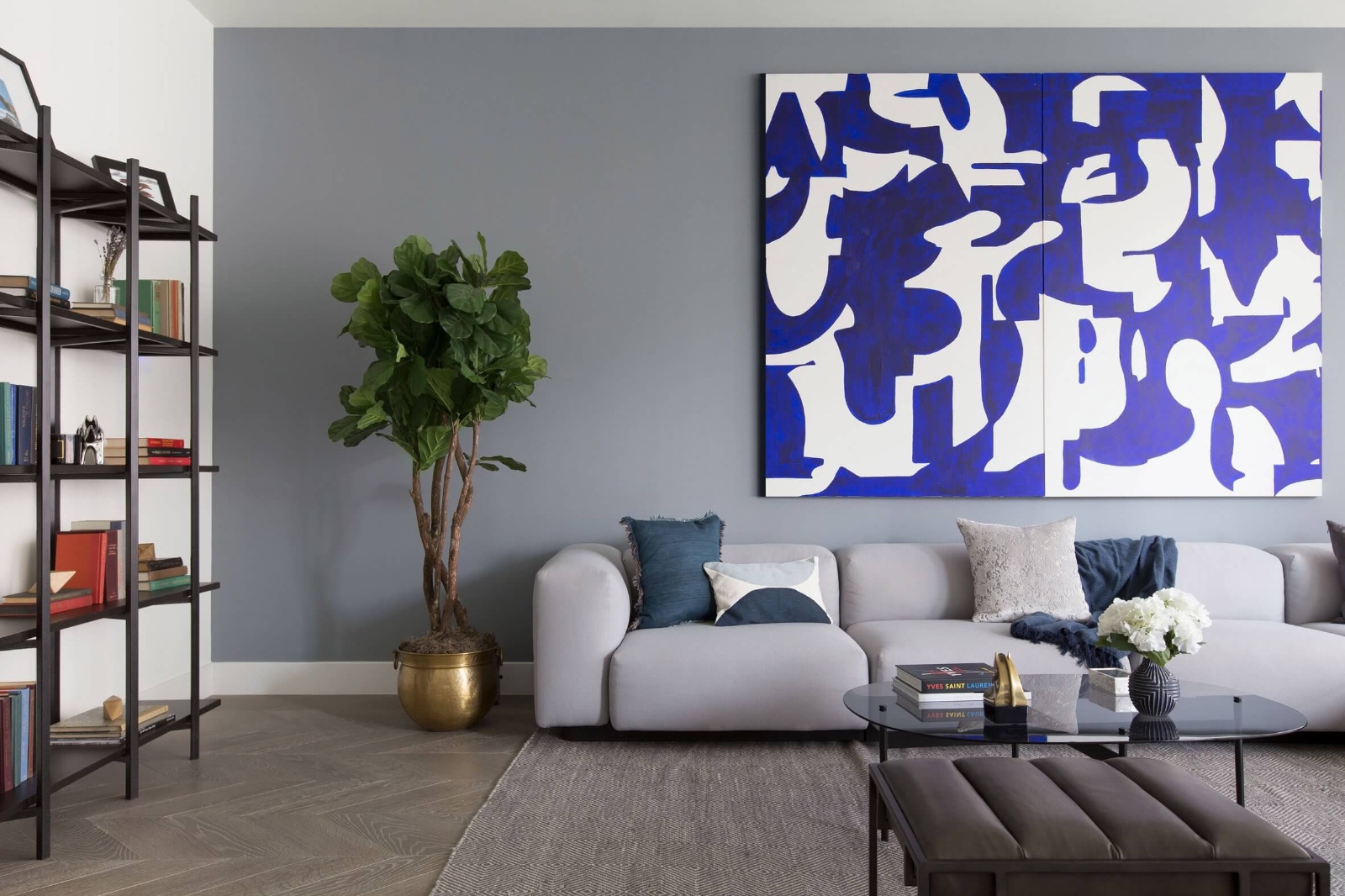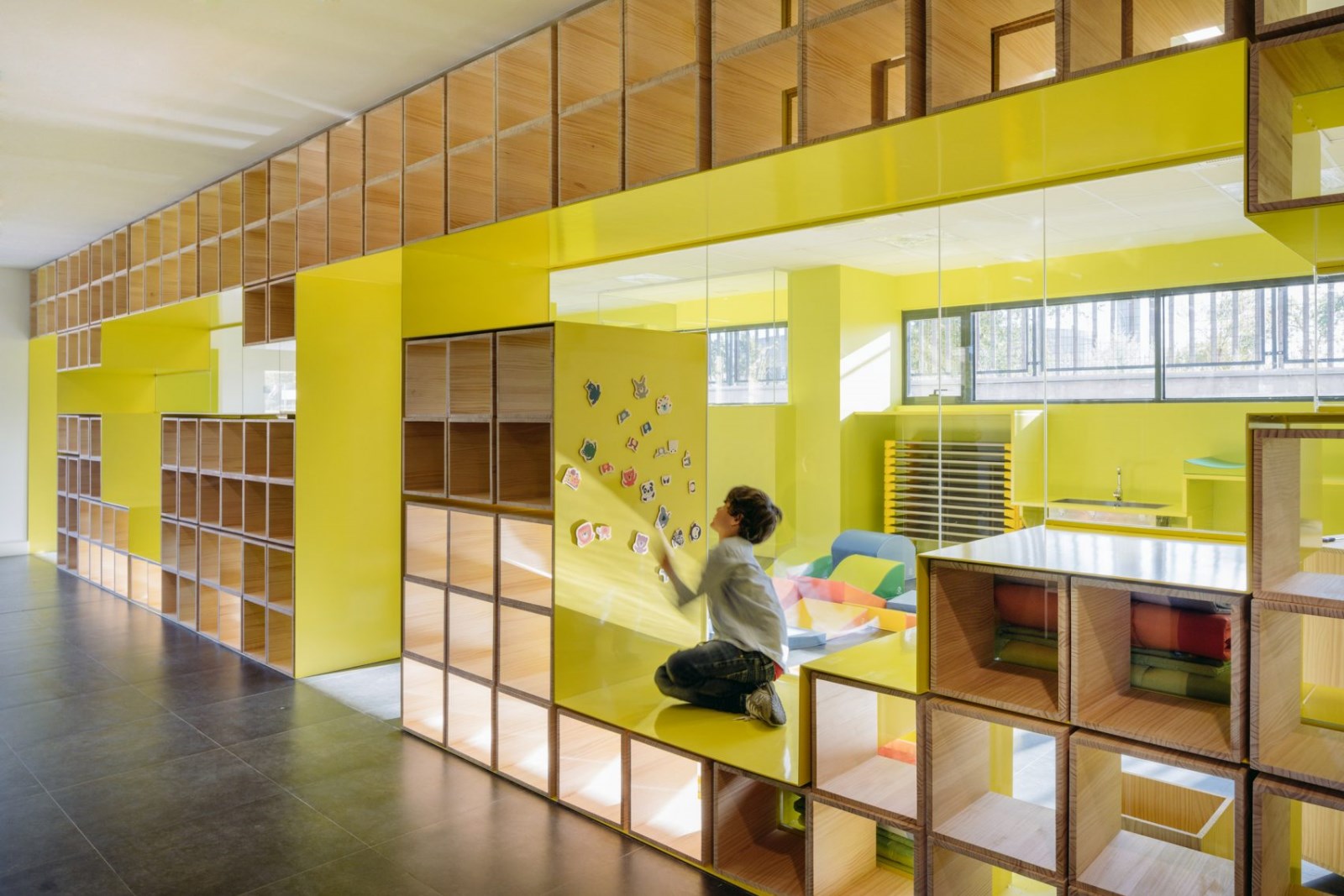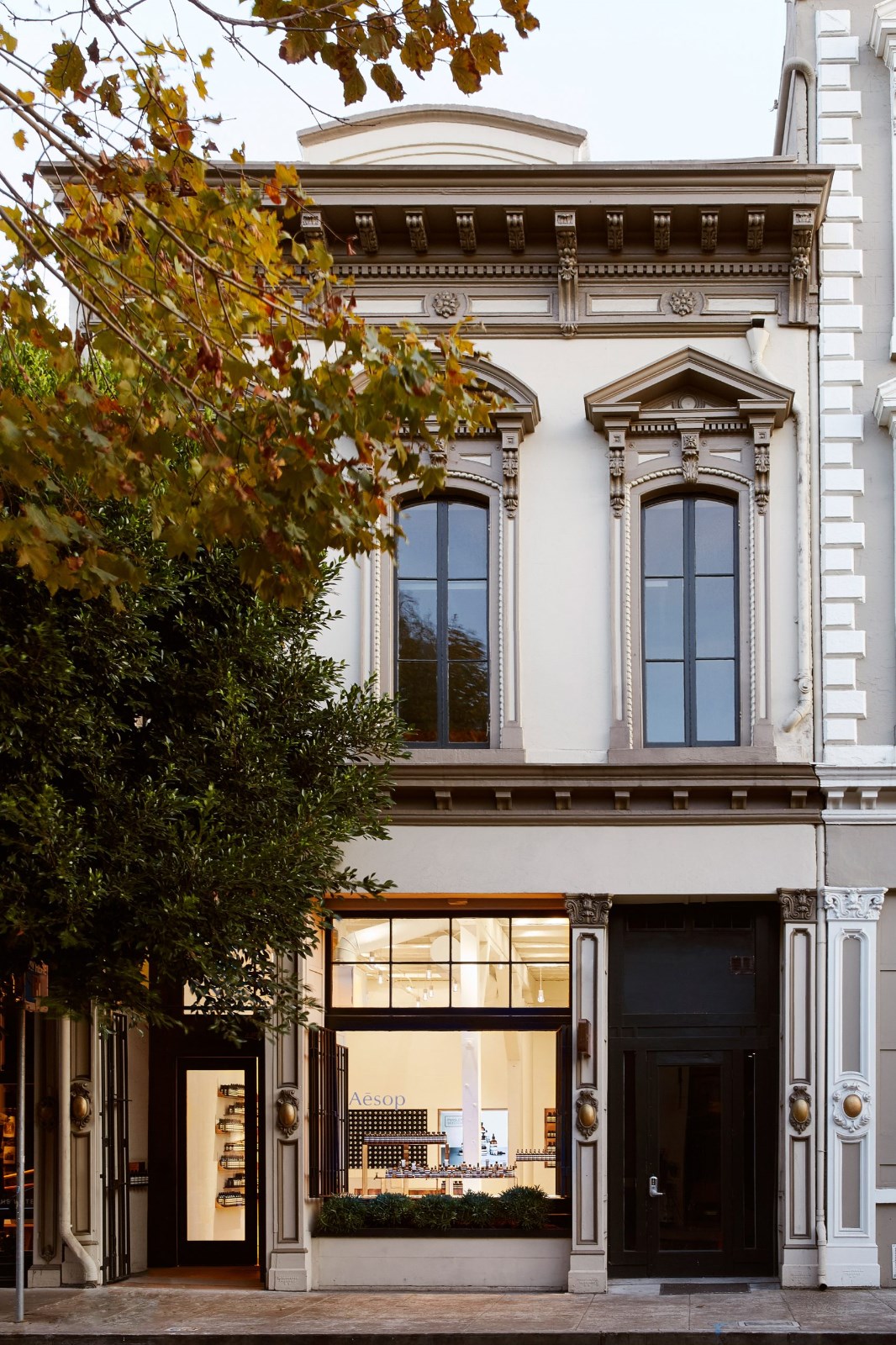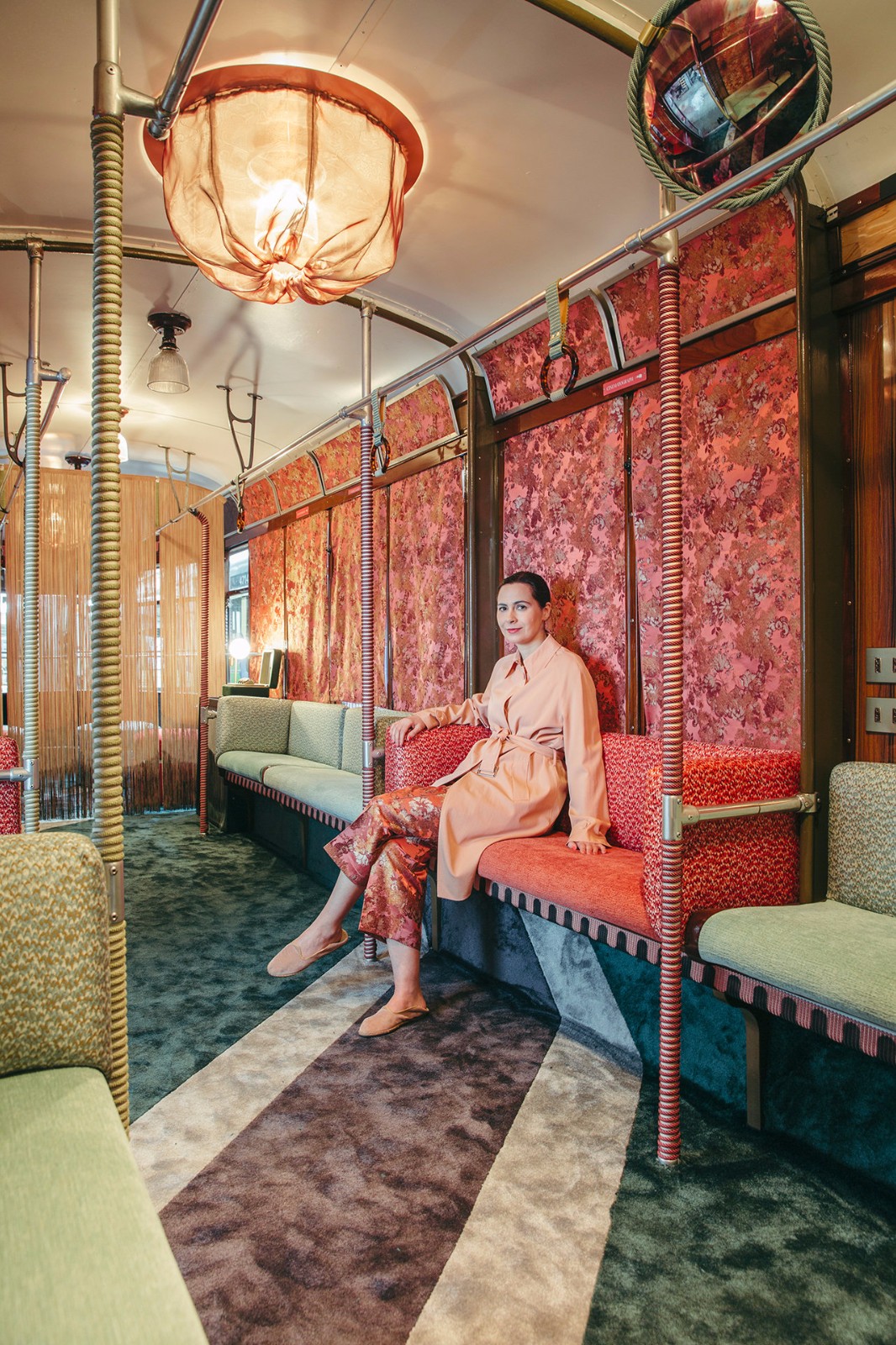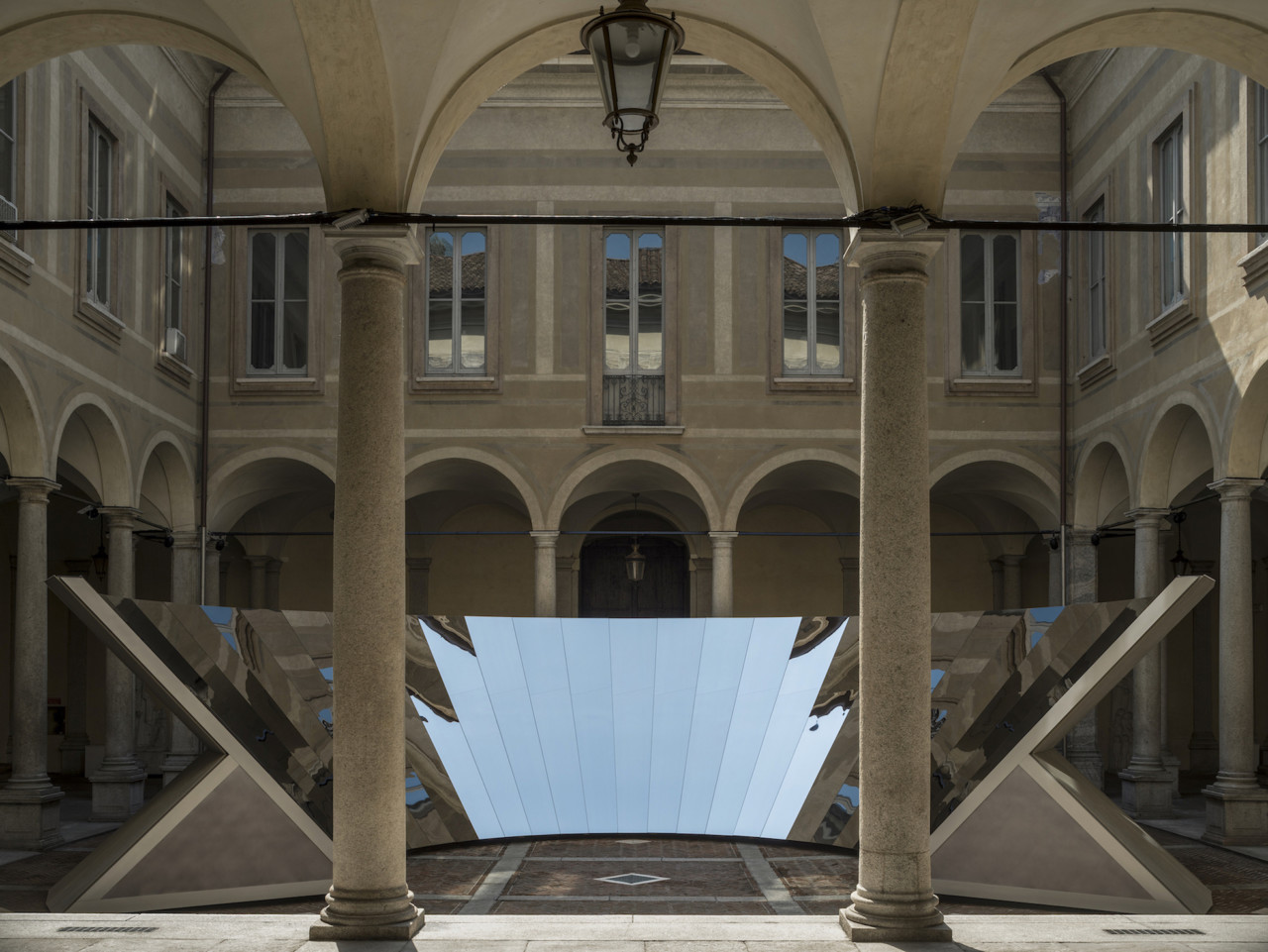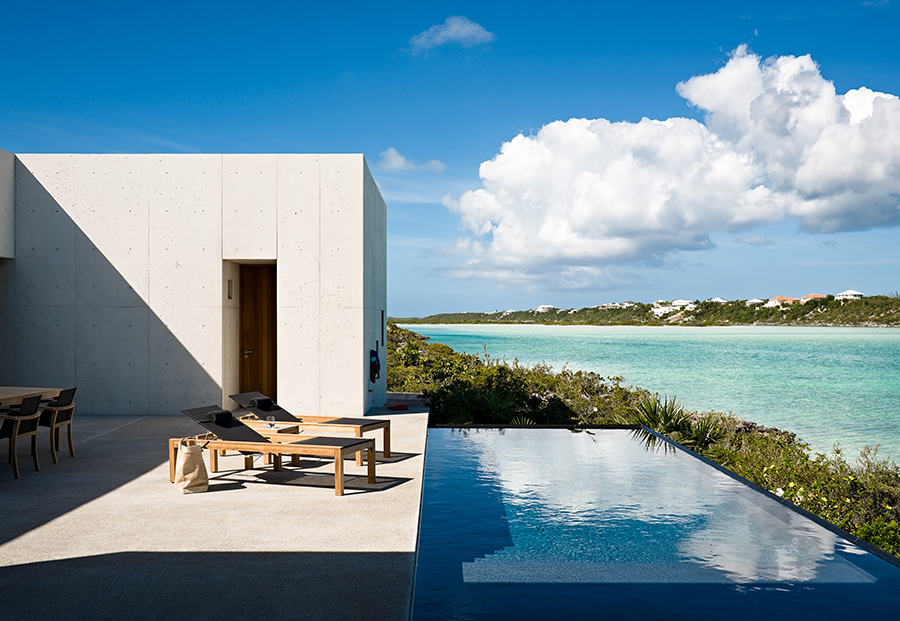AD Classics French Communist Party Headquarters Oscar Niemeyer
2018-04-23 09:30








1965年夏天,在巴黎艺术装饰博物馆(Musee Des Arts Decoratifs)举办的一场以尼迈耶在巴西利亚的项目为中心的展览,吸引了破纪录的人群,也吸引了法国建筑师和政界人士的关注。这次展览恰逢其时,就在一年前,巴西政府被右翼军事独裁推翻。作为一个著名的共产主义和直言不讳的政治左派,尼迈耶逃往法国,并在巴黎的香榭丽舍-爱丽舍斯(Champs-Elysées)上设立了一个办事处。[3]在这场自我放逐期间,他开始在欧洲各地开展一系列项目,并为以色列的一个旅游胜地提出了一些未实现的建议,并在葡萄牙阿尔加维(Algarve)为佩纳·芙拉达
During the summer of 1965, an exhibition centered on Niemeyer’s projects in Brasilia at the Musee des Arts Decoratifs in Paris drew record breaking crowds as well as attention from French architects and politicians alike. The exhibition came at an opportune time as, only a year prior, the Brazilian government had been overthrown by a right-wing military dictatorship. As a noted communist and outspoken political leftist, Niemeyer fled to France and established an office on the Champs-Elysées in Paris.[3] He began work on a series of projects across Europe during this self-imposed exile as well as unrealized proposals for a tourist resort in Israel and a master plan for Pena Furada, Algarve in Portugal.
© Denis Esakov
c Denis Esakov


© Denis Esakov
c Denis Esakov


不久,法国共产党(CPF)委托Niemeyer设计该党的新总部。尼迈耶写道:“我们的共同观点和政治斗争远比建筑重要得多。”“我们成了好朋友。”[4]然而,他的结构对该党来说是一个关键时刻,在很大程度上起着巩固作用,因为该党在1968年的选举中面临重大席位损失。
Soon after, the French Communist Party (CPF) commissioned Niemeyer to design the party’s new headquarters. “Our shared views and political struggle were far more important than architecture,” Niemeyer wrote. “And we became good friends.”[4] Yet, his structure came at a critical time for the party and functioned largely as a material gesture of consolidation as the party faced significant losses in seats during the 1968 election.
© Denis Esakov
c Denis Esakov


© Denis Esakov
c Denis Esakov


对面是法比安上校,两边都是马图林·莫罗大道和维尔莱特大道,为总部选定的斜角场地以前是由一个工会拥有的。在第二次世界大战之前,联盟曾允许康斯坦丁·梅尔尼科夫(Konstantin Melnikov)1925年“装饰艺术与工业现代化博览会”中的俄罗斯馆在那里重建。[5]尼迈耶对该项目的指导原则得到了仔细考虑,在开放空间和建筑体积之间取得了平衡。因此,通过打开地面平面,Niemeyer打算避免过度占用场地,并为客户和城市居民提供最大限度的绿色空间。
Facing Place du Colonel Fabien and flanked by Avenue Mathurin Moreau and Boulevard de la Villette on either side, the sloping corner site chosen for the headquarters had been previously owned by a trade union. And, prior to the second World War, the union had allowed the Russian Pavilion from the 1925 “Exposition des Arts Decoratifs et Industriels Modernes” by Konstantin Melnikov to be reconstructed there.[5] Niemeyer’s guiding principle for the project was carefully considered balance between open space and architectural volume. Thus, through opening the ground plane, Niemeyer intended to avoid excessive occupation of the site and maximize green space for both the client and the city’s residents.[6]
Concept Sketches
概念草图


尼迈耶说:“在这个阶段,我的第四个主要想法是,不仅要展示我的建筑的塑料自由,而且要展示巴西工程的进步。”“在法国共产党总部,我展示了保持外部空间和体积的和谐的重要性,这解释了为什么伟大的工人大厅位于地下。”
“During this phase, my fourth, the prevailing idea was to manifest not only the plastic freedom of my architecture but also the advancements in engineering in Brazil,” said Niemeyer. “In the French Communist Party Headquarters, I demonstrated the importance of maintaining harmony between volumes and spaces on the exterior, which explains why the great workers’ hall is located underground.”[7]




Niemeyer的最终设计包括一个垂直的、蜿蜒的办公大楼,再加上两个独立的塔楼中的垂直服务核心,旁边还有一系列低于等级的地下公共空间,以保持地面上方的地势开阔,弯曲的六层结构被仔细地支撑在五对柱子上,这些柱不仅承受悬臂板的重量,而且还包含关键的服务管道。[8]在里面,建筑师布置了一系列办公室,中间隔开了厚厚的深蓝色门和橄榄绿色的PVC瓷砖,以隐藏服务管道。螺旋楼梯通向六楼宽敞的主餐厅,可以俯瞰整个城市。
Niemeyer’s final design encompassed a vertical serpentine block of offices coupled with vertical service cores in two separate towers alongside a series of subterranean public spaces below grade to preserve the openness of the site Rising above the ground plane, the curving six-story structure is carefully supported on five pairs of columns that not only bear the weight of the cantilevered plates but incorporate crucial service ducts as well.[8] Inside, the architect positioned a series of offices separated by demountable partitions with rich dark blue doors and olive green PVC tiles to conceal service ducts. A spiral staircase leads to the expansive main dining room on the sixth floor with views overlooking the city.
© Denis Esakov
c Denis Esakov


© Denis Esakov
c Denis Esakov


整个秘书处大楼被法国工业设计师、工程师和建筑师Jean Prouvé设计的彩色玻璃幕墙所包裹。根据普鲁韦的说法,不锈钢和玻璃正面带有反太阳的外叶,“设计它的节奏主要来自垂直加强板。”[9]这种对垂直性的强调最终增强了Niemeyer的手势形式。为了尽量减少对额外空调系统的需求,普鲁韦在立面网格内集成了可操作的彩色玻璃板。
The entire secretariat block is wrapped in a tinted glass curtain wall designed by French industrial designer, engineer, and architect Jean Prouvé. The stainless steel and glass facade with anti-solar external leafing, according to Prouvé, “devised it’s rhythm primarily from the vertical stiffeners.”[9] This emphasis on verticality ultimately enhanced Niemeyer’s gestural forms. To minimize the need for additional air conditioning systems, Prouvé integrated operable tinted glass panels within the grid of the facade.[10]
© Denis Esakov
c Denis Esakov


© Denis Esakov
c Denis Esakov


当场地向塔顶倾斜时,街道人行道变成了一个流动的坡道,引导游客到达沉没的入口-故意强调地形和塔台不满足的时刻。一个白色的漂浮的树冠伸出从清扫块,以框架这个地下入口。
As the site slopes up to meet the tower, the street pavement becomes a flowing ramp that guides visitors to the sunken entrance—deliberately emphasizing the moment the terrain and tower fall short of meeting. A white floating canopy projects from the sweeping block to frame this subterranean entrance.
© Denis Esakov
c Denis Esakov


在垂直街区的下方是展览空间、接待厅、休息室、书店、多个会议室和一个450套的礼堂,以防止其延伸到开放的公共空间。只有部分不规则形状的穹顶延伸到地面上,这座标志性的白色土墩与外面的玻璃正面相映成趣。虽然大部分项目已于1971年完成,但完成挖掘空间又花了9年时间。
Beneath the vertical block are exhibition spaces, a reception hall, lounge, bookshop, multiple conference rooms, and a 450-set auditorium carved into the site to prevent its extension into the open public space. Only a portion of the irregularly shape dome extends above ground providing the iconic white mound set off against the glass facade beyond. While a majority of the project was completed by 1971, it took nine additional years to complete the excavated spaces.[11]
© Denis Esakov
c Denis Esakov


© Denis Esakov
c Denis Esakov


© Denis Esakov
c Denis Esakov


地下空间的滚动表面覆盖着生机勃勃的绿色地毯,让人回想起上面和办公室内部的自然条件。Niemeyer的标志性的Alta椅子是从弯曲的混凝土模板墙开始,在礼堂周围形成了突围和会议空间,而在礼堂圆锥形墙壁周围的一条玻璃条形则提供了空间内唯一的自然光。
The rolling surface of the subterranean spaces are clad in vibrant green carpeting recalling the natural conditions of the site above and office interior. Niemeyer’s iconic Alta chairs are set off from the curving concrete formwork walls creating break-out and meeting spaces surrounding the auditorium while a glazed strip surrounding the conical walls of the auditorium provides the only natural light within the space.
© Denis Esakov
c Denis Esakov


© Flickr user Guilhem Vellut licensed under CC BY 2.0
(C)Flickr用户Guilhem Vellut在CC 2.0的许可下获得许可


未来的气闸门沿着礼堂的周界打开,露出一个11米高的穹顶,上面覆盖着数千个透光的阳极化铝刀片。[12]这种富丽堂皇的地毯继续进入空间,在最北端逐渐转变为舞台。一个巨大的白色混凝土天篷-从穹顶的墙壁向上折叠到舞台的框架上,并包围舞台,与主入口上方的平面形成兄弟关系。
The futuristic airlock-esque doors along the perimeter of the auditorium open to reveal an 11 meter-high dome clad in thousands of light-diffusing anodized aluminum blades.[12] The rich carpeting continues into the space and gradually transforms into the stage at the northernmost point. A large white concrete canopy—a sibling to the plane above the main entrance—folds up from the dome’s wall to frame and enclose the stage.
Flickr user Guilhem Vellut licensed under CC BY 2.0
Flickr用户Guilhem Vellut在CC by 2.0许可下


建筑和装饰长期以来一直是法国历史上国家权力的象征-从凡尔赛宫到皮埃尔·保林(Pierre Paulin)1971年的总统办公室内部-尼迈耶和他的合作者对正式团结的专注,导致了一部似乎超越了政治分歧的作品。最后,即使是右翼政客和前总统乔治庞皮杜也不得不承认,这座建筑“是共产党做过的唯一件好事”。
While architecture and decor have long been a symbol of state power in French history—from the Palace of Versailles to Pierre Paulin’s 1971 Presidential office interior— Niemeyer and his collaborators’ preoccupation with formal unity resulted in a work that seemingly transcended political divides. In the end, even the right-wing politician and former President Georges Pompidou had to admit that the building “was the only good thing those Commies had ever done.”[13]
建筑师Oscar Niemeyer Location 2 Place du Fabien上校,75019巴黎,法国协理建筑师Paul Chemetov和Jean Deroche设计团队Jean Prouvé,米勒,JoséLuis Pinho,A.Gattos和Jean-MaurLyonnet结构工程师Jean Tricot Strucot and Services BERIM客户中心委员会1980年法国共产党项目年
Architects Oscar Niemeyer Location 2 Place du Colonel Fabien, 75019 Paris, France Associate Architects Paul Chemetov and Jean Deroche Design Team Jean Prouvé, Hans Muller, José Luis Pinho, A. Gattos and Jean-Maur Lyonnet Structural Engineer Jean Tricot Structure and Services BERIM Client Central Committee of French Communist Party Project Year 1980 Photographs Denis Esakov
[1]“党墙内”,“建筑评论”第901(1972)号,134。[2]Kenneth Frampton,“建筑与建筑:巴西利亚的发展”,载于“建造巴西利亚”(纽约:泰晤士河)
[1] “Within Party Walls,” The Architectural Review no.901 (1972), 134. [2] Kenneth Frampton, “Construct and Construction: Brasília’s Development,” in Building Brasilia (New York: Thames & Hudson, 2010), 30. [3] William JR Curtis, “OBITUARY: Oscar Niemeyer 1907-2012,” The Architectural Review 223, no. 1391 (2014): 11; Styliane Philippou, “Oscar Niemeyer: 1907-2012,” Arc 17, no.1 (2013) 9-14. [4] Oscar Niemeyer, The Curves of Time: The Memoirs of Oscar Niemeyer (London: Phaidon, 200), 97. [5] Sherban Cantacuzino, “Criticism,” The Architectural Review no.901 (1972), 143. [6] Styliane Philippou, Oscar Niemeyer: Curves of Irreverence (New Haven: Yale University Press, 2008), 327. [7] Niemeyer, The Curves of Time, 174. [8] Philippou, Oscar Niemeyer, 327-328. [9] Laurence Allegrét, “Prouvé as an Engineering Consultant and the Blanc-Manteaux Workshop,” in Alexander von Vegesack, ed. Jean Prouvé: The Poetics of the Technical Object (Weil am Rhein: Vitra Design Museum, 2006), 168-173. [10] Philippou, Oscar Niemeyer, 328. [11] Ibid., 329. [12] Ibid., 329. [13] Niemeyer, The Curves of Time, 96.




















































































